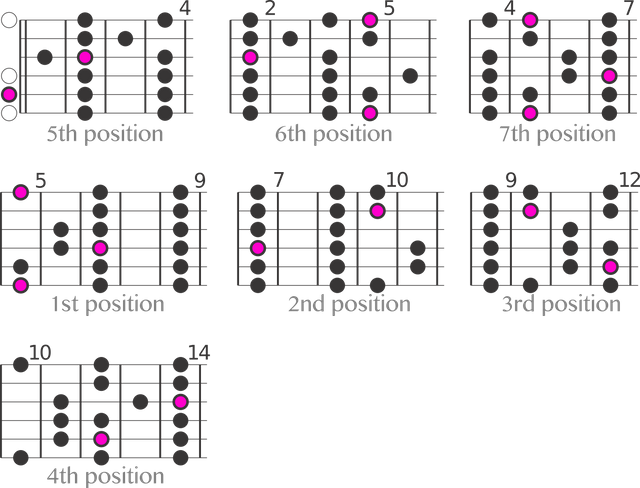
I majored in Guitar Performance at Berklee College of Music in the 1990s. Today, my choice of instrument is Apple Logic, but I still love guitars and, more importantly, feel the need to spread what I learned.
One of the things I've found most valuable from the learning experience is the systematic approach to the fingerboard when you practice scales and chords. With scales, for example, you can map out all the notes in a given scale to all parts of the fingerboard. Here's the A Major Scale shown across the fingerboard.

The double vertical line on the left is the nut and the open dots are the notes played with open strings. The pink notes are the root of the scale, in this case A.
When you have done this, you have all the notes of the scale on each of the 6 strings. This works as a stepping stone for organizing the notes for your convenience. For example, here's how it looks when dissected into seven parts:
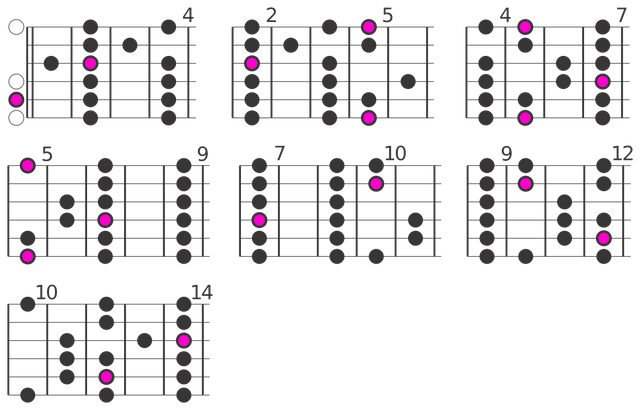
These parts are in manageable sizes, and that makes it easier to learn the scale bits by bits. You now have 7 "positions" of A Major Scale on your fingerboard. The reason why you have 7 positions is because the major scale (i.e. Ionian scale) has 7 notes in it. Now, let's see if we can name each of these positions for the sake of organization. When you have a name for each of them, you'll be able to remember which ones you have worked on and which ones you haven't, right?
We can name a position based on the lowest note in it. Let's look at the position closest to the nut. Assuming you're a right-handed player, it's located at the left-most side of the fingerboard.
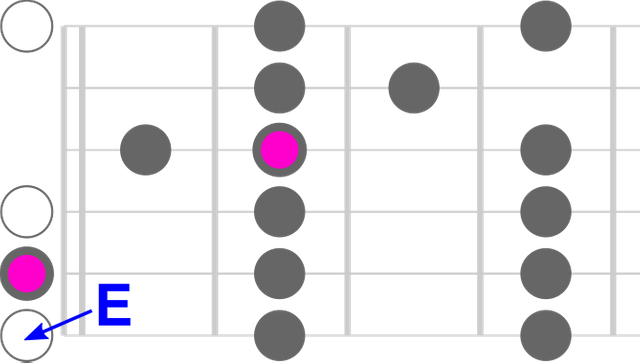
This position's lowest note is E, and E is the 5th degree of the A Major Scale, so how about calling it the "5th position"? I think this is the neatest way to name a position. I can think of two alternative ways, and they are the following.
You could call it the "E position" or the "open position" of the A Major Scale. First off, "E position" isn't cool because it'll be confusing. You'll have to say things like "the E position of the A Major Scale", "the G position of the C Major Scale" and so on. The note name (A, B, C, etc) should only be used for the purpose of identifying the scale, and we should use something else as the identifier of the position. I prefer to use the scale-degree and go like "5th position of the ... scale", "3rd position of the ... scale" etc.
Secondly, calling it the "open position" (as it involves open strings) has its own benefit because it's more intuitive and easier to remember, but it's a little short-sighted. I mean, you can't apply the same name across different scales. Take a look at this:

This is the A Major Scale 5th position on the left, and the C Major Scale 5th position on the right. Both have exactly the same formation of the notes, except that the A one utilizes open strings. It is tempting to call the one on the left the "open position of A major scale", but then it won't make sense to call the one on the right the "open position of C major scale" because there's no open strings involved. Instead, I would call both of them the "5th position". I hope you agree.
Anyway, you have seven positions of A Major Scale on the fingerboard.

In case you're reading this on your phone, I'll put them up one by one too.
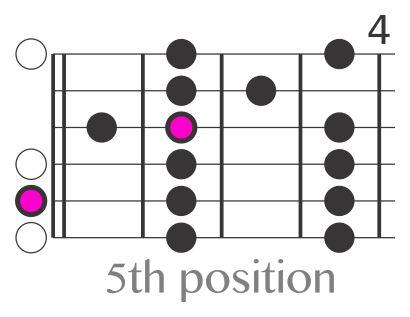
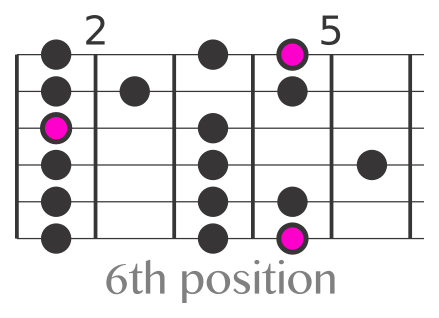
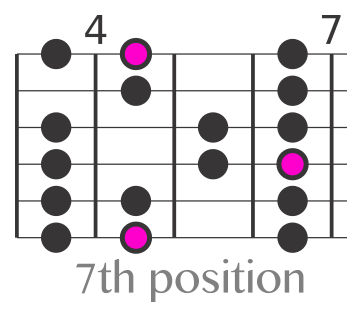
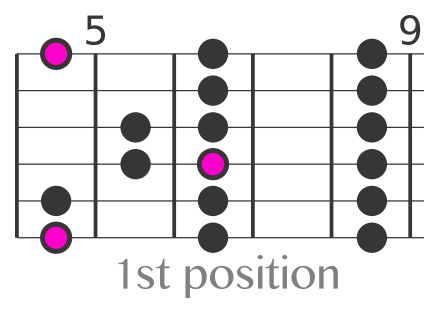
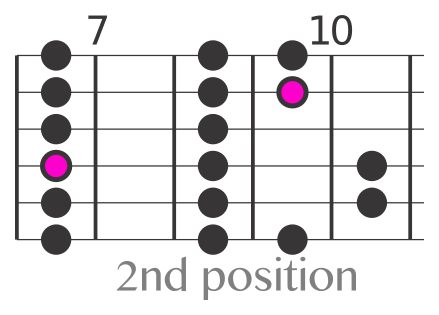
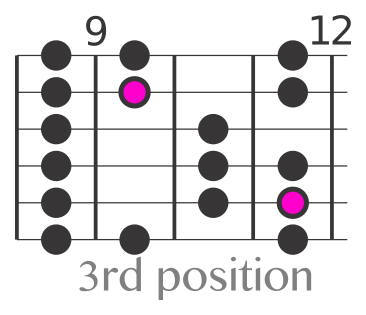
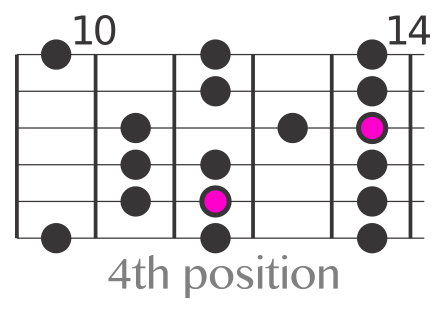
Thanks for reading this post. In addition to the major scale, we can apply the same method for minor and pentatonic scales. Let me know if you want to see the positions of any of these other scales too;)